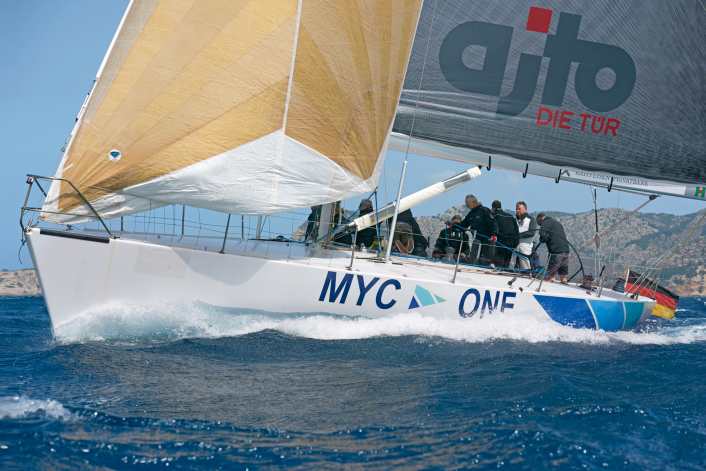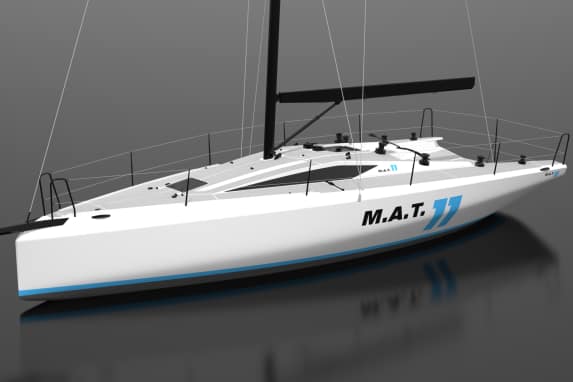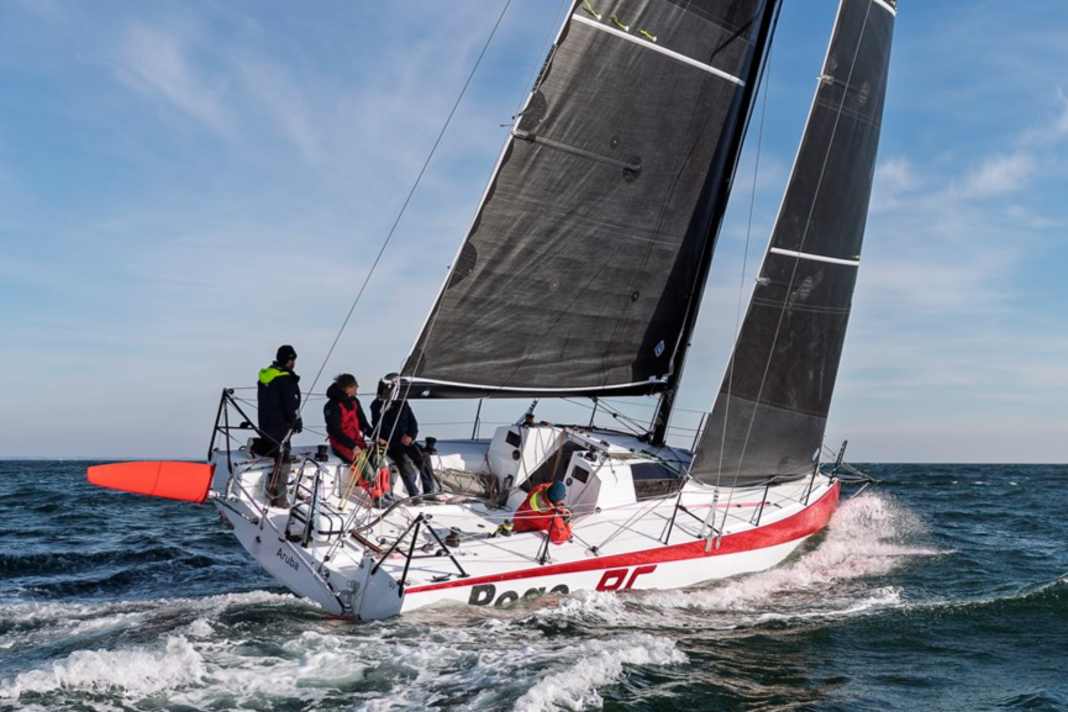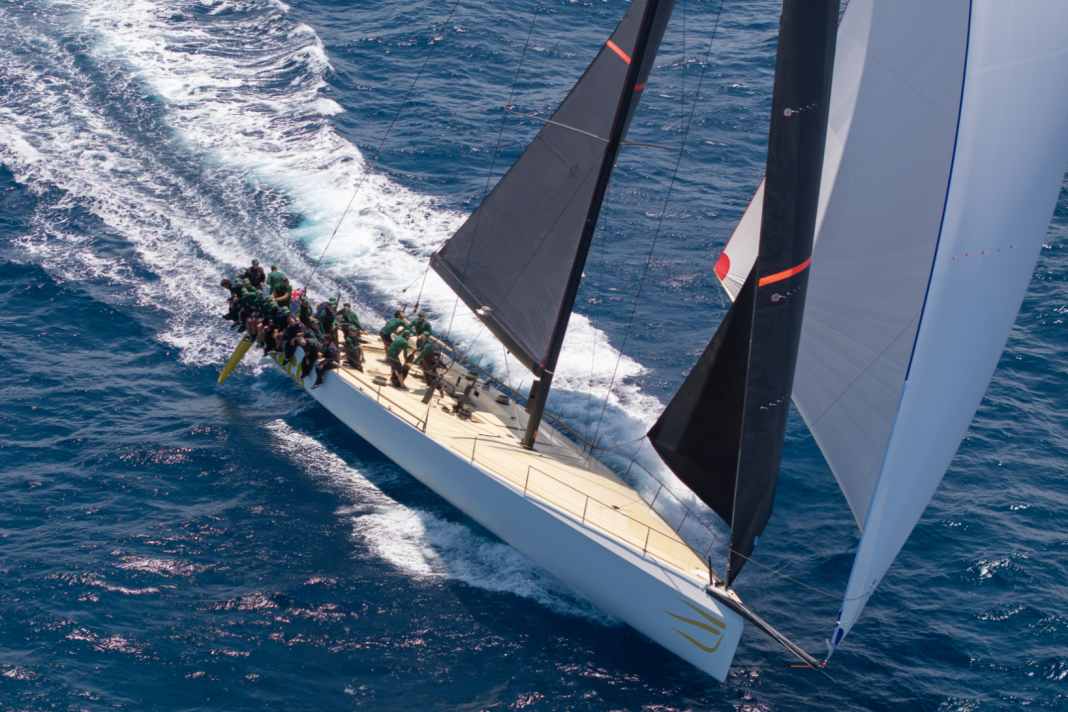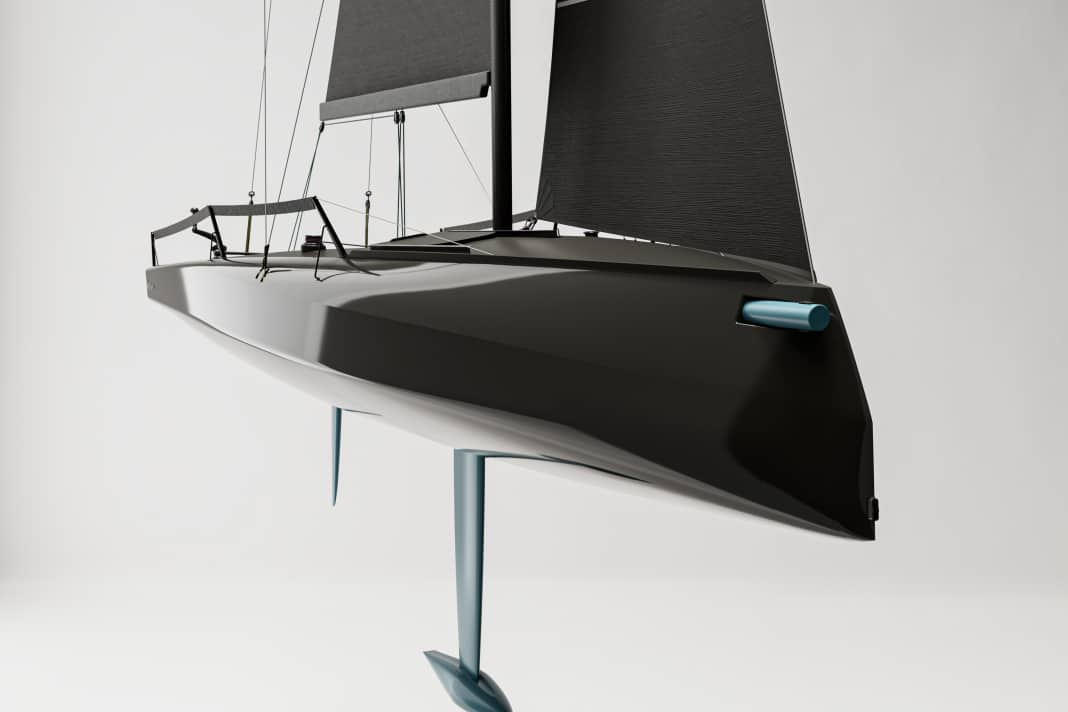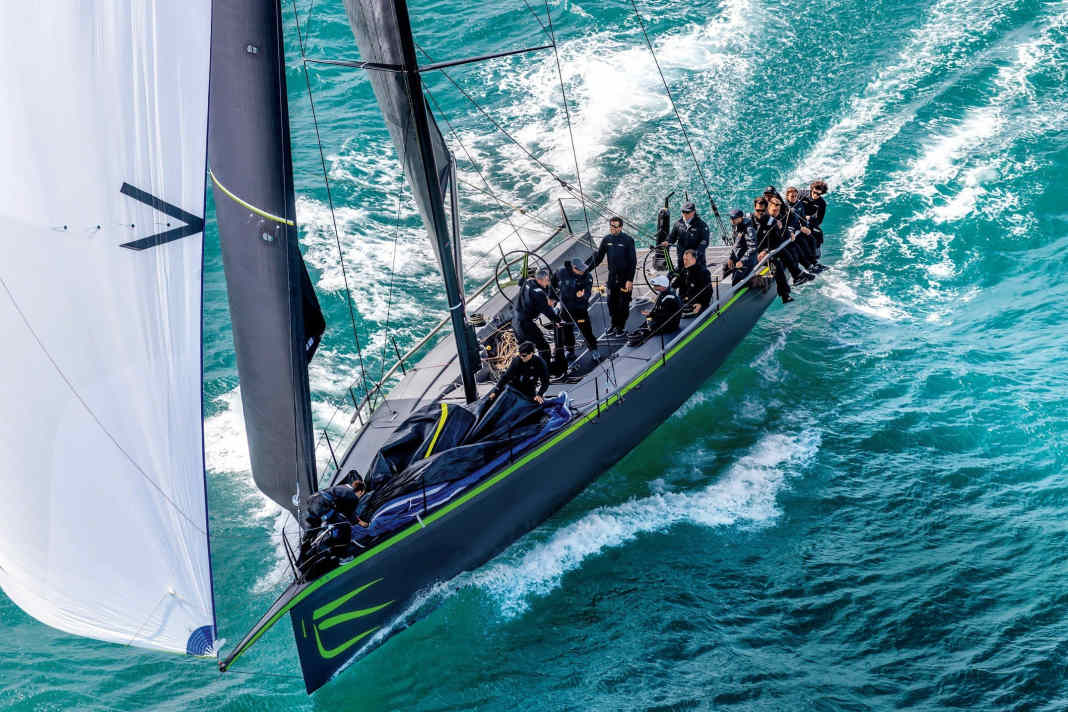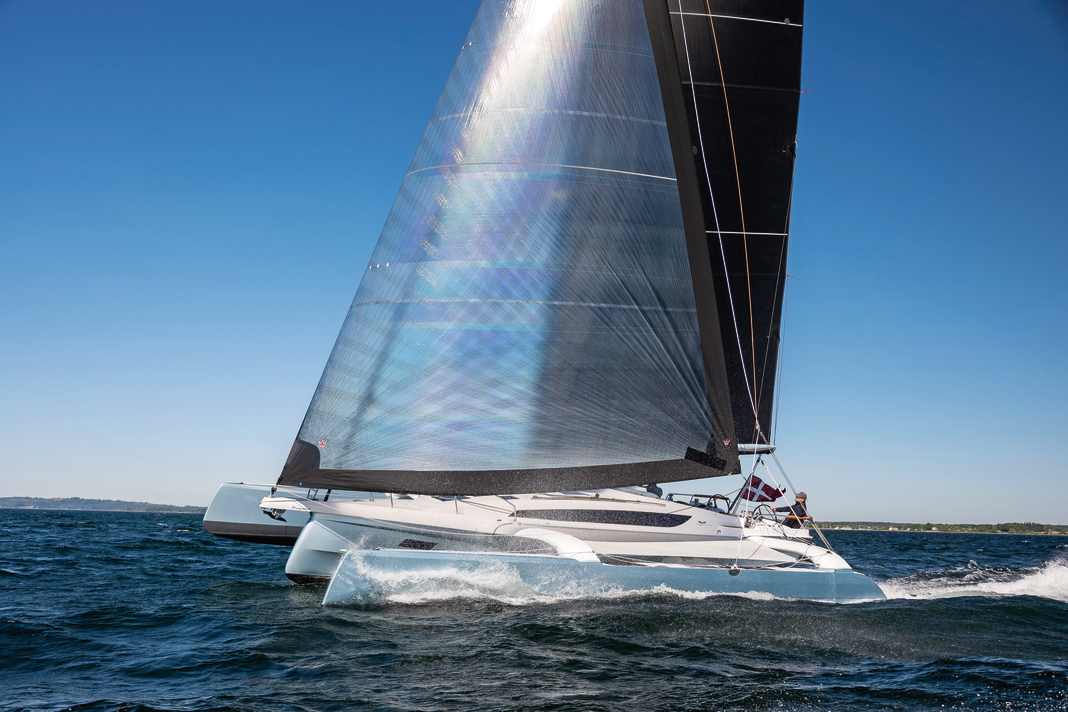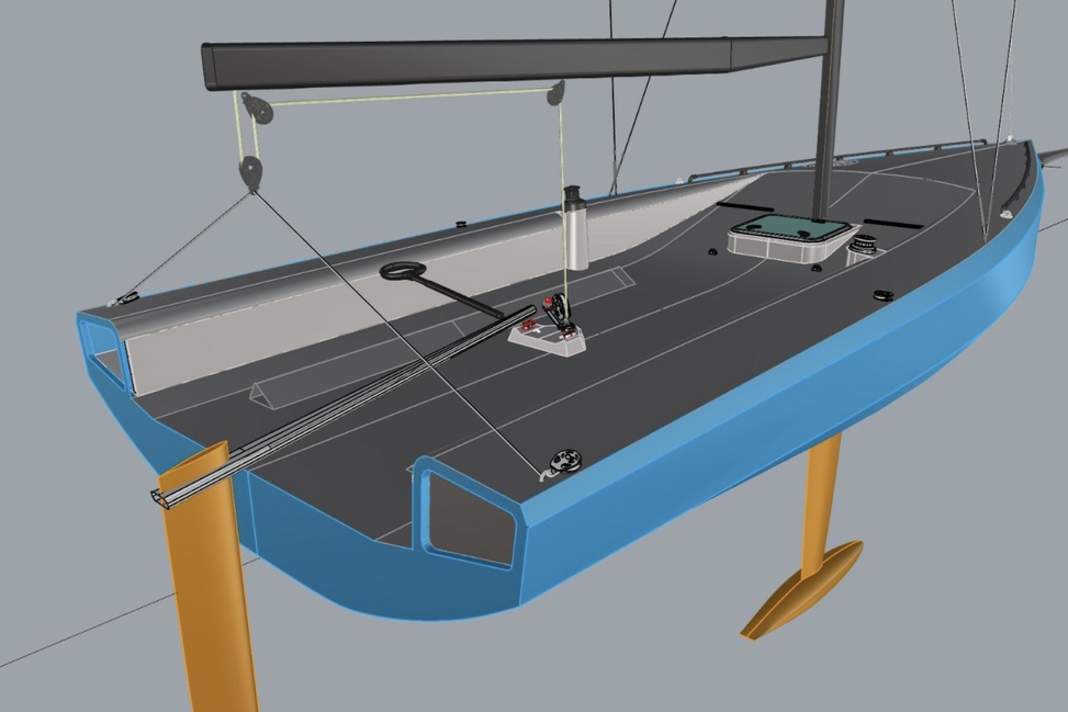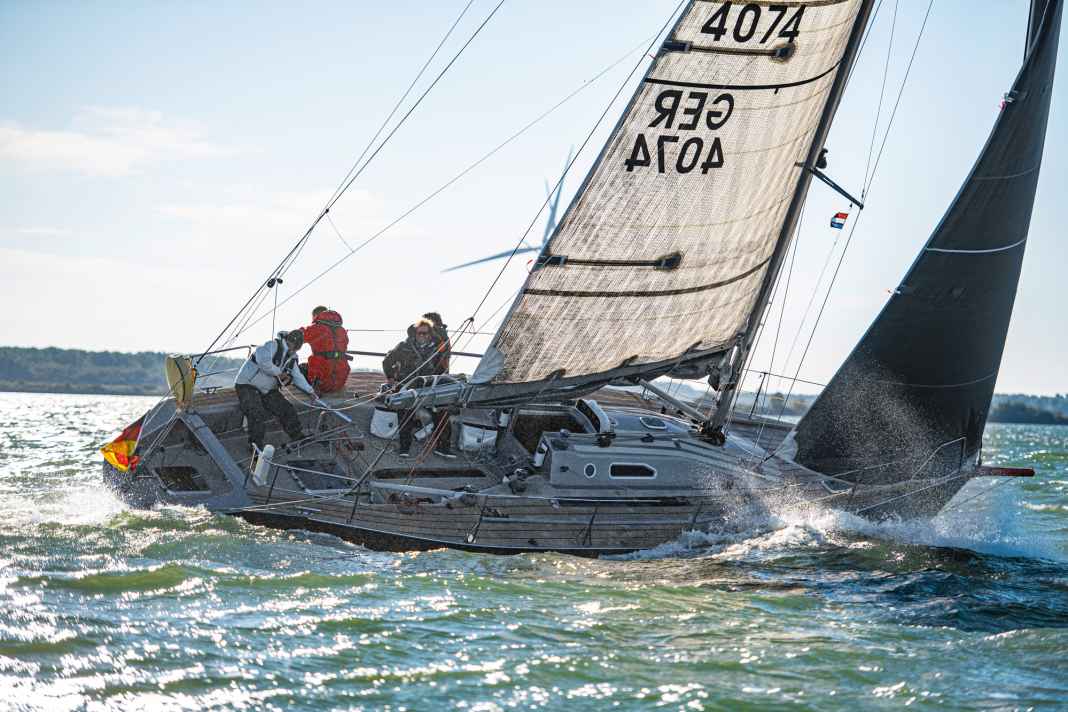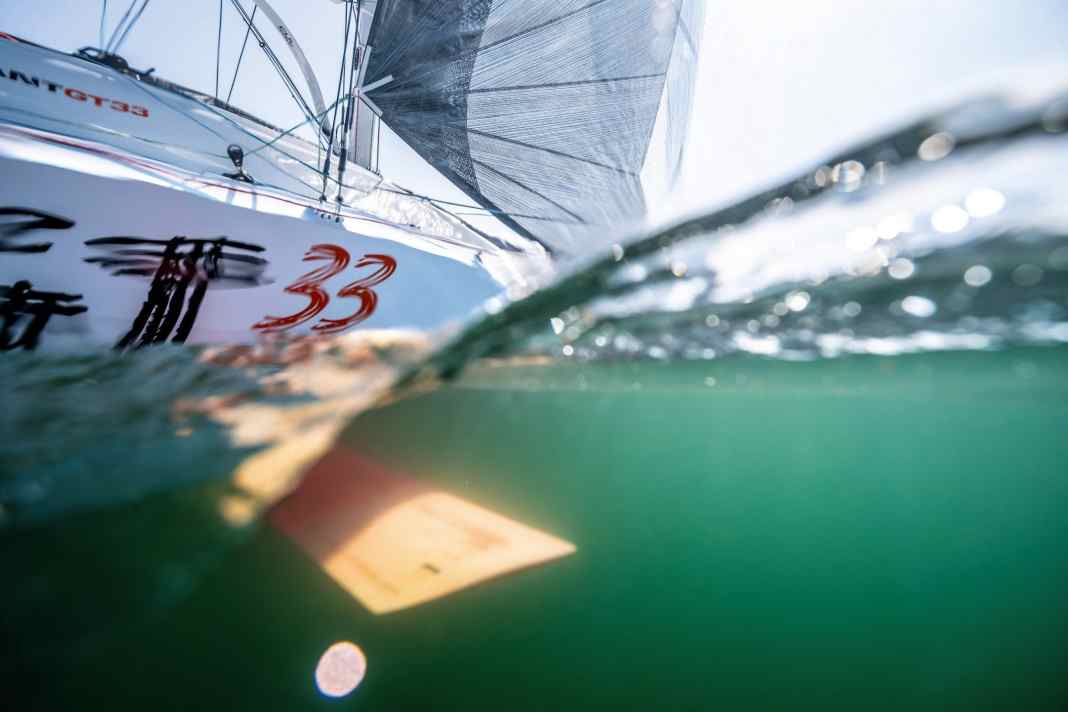Regatta yachts - the world of racing sailing
Anyone looking for the challenge of competing with rivals on the water can find it in a regatta yacht. In principle, any yacht can take part in regattas, and there are various remuneration systems for this. Here, however, we are talking about yachts that have been specially designed for regattas. These sporty Yachts offer everything you need for successful racing. YACHT takes a look at the capabilities of regatta yachts, the different construction classes and the special features that apply to this boat category.
Regatta yachts have special features
Regatta yachts or regatta boats are sailing boats that are fast and powerful. This is due to their special characteristics.
A sailing boat for the Regatta places different sporting demands on the skipper and crew. The sail area of a regatta yacht is usually larger in relation to the length of the boat than that of a cruising yacht, for example. On the other hand, a regatta yacht usually has a greater draught with a very low centre of gravity to counteract the larger sail area. The reason for this is that the sails are essentially the engine of a sailing yacht. The stronger it is, i.e. the more surface area the sails have, the faster the racing yacht is. However, it must be designed to be able to carry this sail area.
At the same time, however, the weight of the yacht is a decisive factor for its speed. The lighter it is, the faster it is, and the more ballast can be packed into the keel to counteract the larger sail area. Comfort is therefore not the main priority on a regatta yacht. You will look in vain for spacious cabins with a well-organised interior.
Regatta boats are categorised as regatta dinghies and regatta yachts, but also regatta catamarans.
On inland waters, in coastal areas and on the high seas
Regatta yachts can be found in different areas and many types of courses are sailed. There are the classic triangular courses or so-called up-and-downs, which are offered on inland waters and coastal areas. On the high seas, on the other hand, long-distance regattas are organised. These include transatlantic regattas, transpacific regattas and also Circumnavigations.
Regatta sailing in different ways
Under the generic term "racing yachts", the range of variants is well stocked. Keel, sails, hull, length, rigging, but also weight are just some of the attributes that are sent into the race. Depending on the design class, a distinction is also made between monohulls and monohulls, Catamarans skiffs, but also trimarans. Likewise Dinghies or small keelboats were sent into the race.
We would like to take a closer look at the monohulls, catamarans, skiffs and trimarans.
Monohulls- One hull is enough
The term "monohull" comes from the English language. It stands for sailing boats, sailing yachts and racing yachts with one hull. This type of boat is therefore most closely associated with the Classic yachts to compare.
The advantages of the monohull can be found in its good sailing characteristics downwind. In many situations, these are even better than those of a catamaran. However, a distinction must also be made here.
The great advantage of the monohull is particularly evident when the skipper has to tack against the wind. This is easier with a monohull, as it can be sailed at a very acute angle. Another advantage of a monohull is that this type of yacht can lean into the wind when racing. Heeling - the correct term - is simply part and parcel of a regatta. Even if it sometimes looks very extreme and dangerous, it is much safer than with a catamaran. This is because if the boat and crew lie on their side in the wind, the monohull reduces the sail area. As soon as the wind dies down again, the sailboat can right itself again and utilise the full sail area.
A monohull is suitable for sailors who love the design of a sailing boat and want to take part in regattas that present a special challenge.
Catamarans are designed for speed
Anyone who has ever had the pleasure of moving a catamaran on the water will be amazed by its suppleness. For the smoothness, Security and at the same time speed are provided by two hulls, which are obligatory on a catamaran. These two hulls stand for stability.
The shallow draught is also a feature that is firmly associated with the catamaran. Even in a regatta, this quickly creates the feeling that the boat is flying over the water. As with any other boat model, comfort must be sacrificed during a regatta. This is not about a great galley including saloon and berths. The aim of a regatta is to leave the field as far behind as possible with clever tactics, high speed and a bit of luck.
Skiffs - the small boats among the regatta yachts
Similar to monohulls, the term "skiffs" is an English or Anglo-American term. It is a collective term for "small boats". In German-speaking countries, people also like to talk about small sailing boats.
A skiff is a small and light sailing dinghy. It has a flat hull and therefore glides very quickly. A skiff is always a centreboard boat. On an optimal course, speeds of up to 45 kilometres per hour can be achieved.
The bowsprit is a distinctive feature. Skiffs are mainly used in regattas.
There are different skiff classes that are raced in the regatta. In many cases, the name of the skiff classes is derived from the length of the hull. However, they are measured in feet and not metres, as the classes originated in New Zealand or Australia. So when designations such as 12ft skiff or 18ft skiff appear as a regatta class, it is a construction class that was defined in Australia or New Zealand.
Trimarans - three hulls as a special feature
There is the monohull with one hull, the catamaran with two hulls and the trimaran with three hulls. The trimaran is characterised by high speeds. In the Regatta sport the trimaran is an integral part.
While the two outer hulls act as outriggers, the centre hull is particularly wide and stable. Trimarans were derived from the traditional outrigger canoes that were and still are very popular, especially in South East Asia.
If you compare sailing boats with each other, trimarans are often the fastest boats. However, it must also be taken into account here that no generalised assessment can be made. Tactics and technical requirements as well as the size and weight of the trimaran are further factors that influence speed.
The different types of regattas
Regatta sailing is a Competitive sport. However, this sport is practised in very different ways. Over the decades, very different forms of regatta have become established.
These range from large fleet races to close match races. Fleet racing is the most common form, in which many boats sail simultaneously on a course with several marks. This contrasts with match racing, in which only two boats compete against each other.
Another form is team racing, in which teams of two or three boats compete against each other. The aim here is to collect fewer points as a team than the opposing team.
Coastal/offshore racing regattas, which take place on the open sea and can last from several days to weeks and months, present a particular challenge. They require special skills in navigation and seamanship.
For those who want to sail at the highest level, there are the Olympic class regattas. These are held in the boat classes selected for the Olympic Games and follow strict rules and regulations. These are standardised classes, called One Design, in which all participants sail the same model. Here, victory depends mainly on the skills of the crew, as the boat characteristics are the same.
Finally, there is handicap racing, in which different types of boats compete against each other. To ensure equal opportunities, each boat is assigned a handicap. The boats either start at the same time and the results are adjusted after the race, or they start at different times based on their handicap.
The scoring of sailing regattas
The scoring of sailing regattas varies depending on the type of regatta and the specific rules of the respective organiser. The low-point system is most commonly used. In this system, each place in a race corresponds to a certain number of points - first place receives one point, second place two points and so on. The aim for the sailors is to collect as few points as possible over a series of races. The sailor with the fewest points at the end wins.
The bonus point system is used in some regattas. Here, sailors receive additional points for the first three places. This system encourages competition at the front of the field.
A handicap system is often used for regattas in which different types of boat take part. Each boat is given a handicap based on its theoretical performance. After the race, the actual time sailed by each boat is corrected by its handicap to determine a corrected time. The boat with the shortest corrected time wins.
In one-design regattas, where all boats are equal, the scoring is simple: the boat that crosses the finish line first wins. There are no handicaps or corrections.
It is important to note that the specific rules and procedures for scoring races should be set out in the organiser's sailing instructions.
The regatta rules
Fair and, above all, standardised rules are needed so that a sporting competition can take place. The international sailing association World Sailing has created valid rules that apply worldwide. They are known as the "Racing Rules of Sailing" and are revised at regular intervals. Usually every four years after the Olympic year.
The rules are very complex and are available in different editions. Also in book format or on the World Sailing website.
The basic rules
One of the basic rules is that every participant in a regatta must adhere to sporting fairness. Contact with another regatta participant should be avoided wherever possible.
Most important rules when encountering boats
- If the boats have the wind from the opposite side when racing, the boat with the wind to port must give way. The boat with the wind from starboard has right of way.
- If the boats or racing yachts have the wind from the same side, the boat that has the wind to windward gives way. The leeward boat can stay on course.
- If the racing yachts are approaching a mark that must not be touched, the outer boat is required to leave enough space for the inner boat so that it can sail round the obstacle without any problems. However, this rule only applies if the racing yachts are not approaching a windward mark with the wind from the opposite side.
- If you encounter a boat that has to give way, you may only alter course to such an extent that the boat that has to give way always has the opportunity to pass you. Evasive manoeuvre to be carried out.
Additional regulations in simplified form
- The regatta boats may only cross the start line after the start signal.
- The boats must keep to the prescribed course after the start signal.
- Track markers must not be touched.
- If a participant realises that another sailing boat is breaking the rules, this can be reported after the regatta. If the suspicion is confirmed, the participant in question will be disqualified.
Tasks of the organiser
- The organiser must ensure that safe regattas are held.
- He must inform all participating skippers and crews about the procedure in detail.
- The course to be sailed must be known and all course marks must be named.
- There are referees for the regatta who monitor the rules during the competition.
The regatta classes at World Sailing
World Sailing, the international governing body for sailing, classifies sailing boats into different classes. These are divided into the following main categories:
Olympic classes: These classes of boats are used in the Olympic Games. There are currently (2021) ten Olympic classes, including Laser, Finn, 470, 49er, Nacra 17 and others.
International classes: These classes are recognised worldwide and have active class associations in various countries. Examples are Optimist, Laser, 420, 470, 505 and many more.
Recognised classes: These classes are recognised by World Sailing, but are not as widespread or active as the international classes. However, they can compete in world and continental championships.
Classic yacht classes: These are older classes that often have historical value and are used in special regattas and events.
Standardised classes:In these classes, all boats are built to the same design, which means that the race is based more on the skill of the sailor than the characteristics of the boat.
Development or box-rule classes: In these classes, modifications to the boat are permitted as long as they remain within certain parameters or "box rules". Examples are the Moth or the 12 mR class, but also the yachts of the America's Cups or the Vendée Globe.
There are alsoTraditional classeswhich are divided into metre classes, national cruisers, Nordic and nautical cruisers and other traditional classes
Each class has its own specific rules and requirements, and some classes may fall into more than one of these categories. It is also worth noting that there are many national and regional classes that are not recognised by World Sailing, but are nevertheless very popular and widely used.
Applied technologies and special materials for regatta yachts
For the construction of racing yachts, very light yet robust materials are usually used in order to save every gram of weight and still ensure a robust structure. High-quality and optimally developed racing yachts rely on carbon fibre-reinforced plastics, which are considerably more expensive than classic GRP, but have clear advantages for racing. Aramide (Kevlar) is also used.
Small optimisations are regarded as fine-tuning and ensure that the maximum is obtained from the boat. Laser scanning is one of the possible options in this area. Scanning makes it possible to measure the yacht perfectly and thus give it an advantage. This is because highly accurate measurement data is immensely important in racing.
Yacht racing has always dispensed with unnecessary frills. Any ballast that is not absolutely necessary is discarded. Because every extra gram on the water is at the expense of speed.
Even with the crew, care is taken to ensure that no unnecessary ballast is brought onto the boat. The equipment is designed for racing and consists of functional and at the same time very light Clothing.
Training and competition conditions for skipper and crew
While optimising the regatta yacht is an important building block for success, it is also important to prepare the crew, including the skipper, for a regatta in the best possible way. And that primarily means training, training and more training. Regatta racing is a high-performance sport. Only those who are physically capable of delivering top performance on the water - even over a longer period of time - are suitable for regattas.
Training in the performance area is not only done on the water, but also in the gym. Endurance, strength training, coordination and balance training are all on the training programme. For this reason, training for this sport at a high level is not something that can be done on the side. It requires a lot of practice, a lot of coordination and a lot of trial and error to turn crew and boat into a unit.
Fitness is also important in ocean races. These competitions are very physically demanding. They can last for hours, days or months. Even if it is possible to take breaks from time to time during regattas within a watch system, it is still a constant source of tension that should not be underestimated. In addition, it is usually physically hard work to operate a yacht during regatta sailing.
Costs and availability - not a cheap hobby
Unit classes can usually be selected via the Boat trade can be purchased. However, individual buildings vary from ship model to ship model, construction class to construction class and equipment to equipment, and the costs also vary.
Prices are particularly high in construction classes due to the expensive and modern materials used. For this reason, it is not possible to give an all-inclusive price for a regatta yacht.
